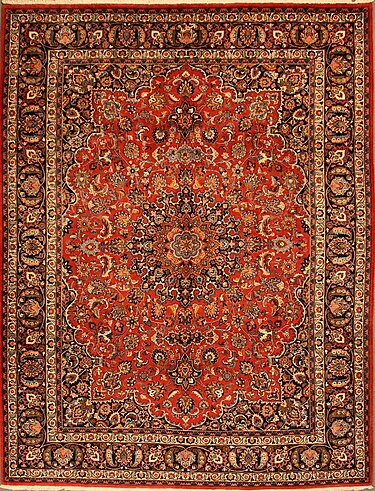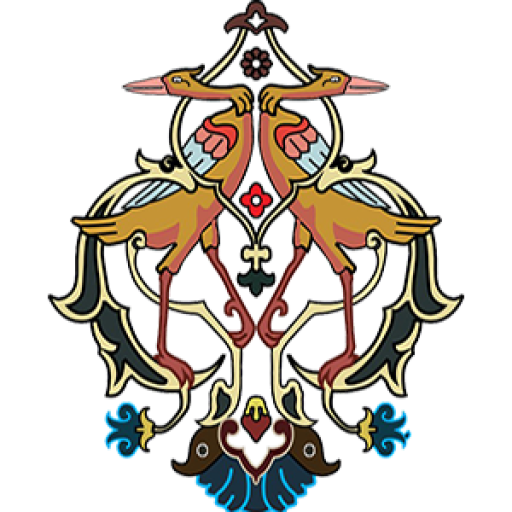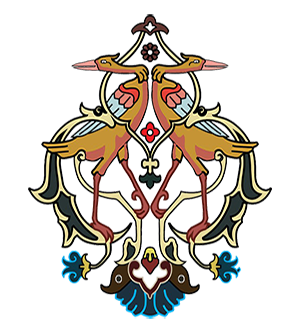Kerman
Kerman, in southeastern Iran, is a celebrated center of Persian carpet weaving, with a history dating back to the Safavid period (16th–17th centuries). Its location on trade routes and access to high-quality wool helped develop a distinctive and prized weaving tradition. Kerman carpets are known for fine craftsmanship, tight knotting, and elegant designs, often featuring floral motifs, arabesques, medallions, and elaborate borders. During the Safavid era, they gained fame for pictorial and garden-themed compositions, many preserved in major museums. In the 19th and early 20th centuries, Kerman became a major carpet-exporting center, adapting designs to international tastes while maintaining technical excellence. Natural dyes, especially vibrant reds and blues, enhanced their beauty and durability. Today, Kerman remains a hub of Persian carpet artistry, producing masterpieces that reflect centuries of cultural refinement and artistic excellence.













